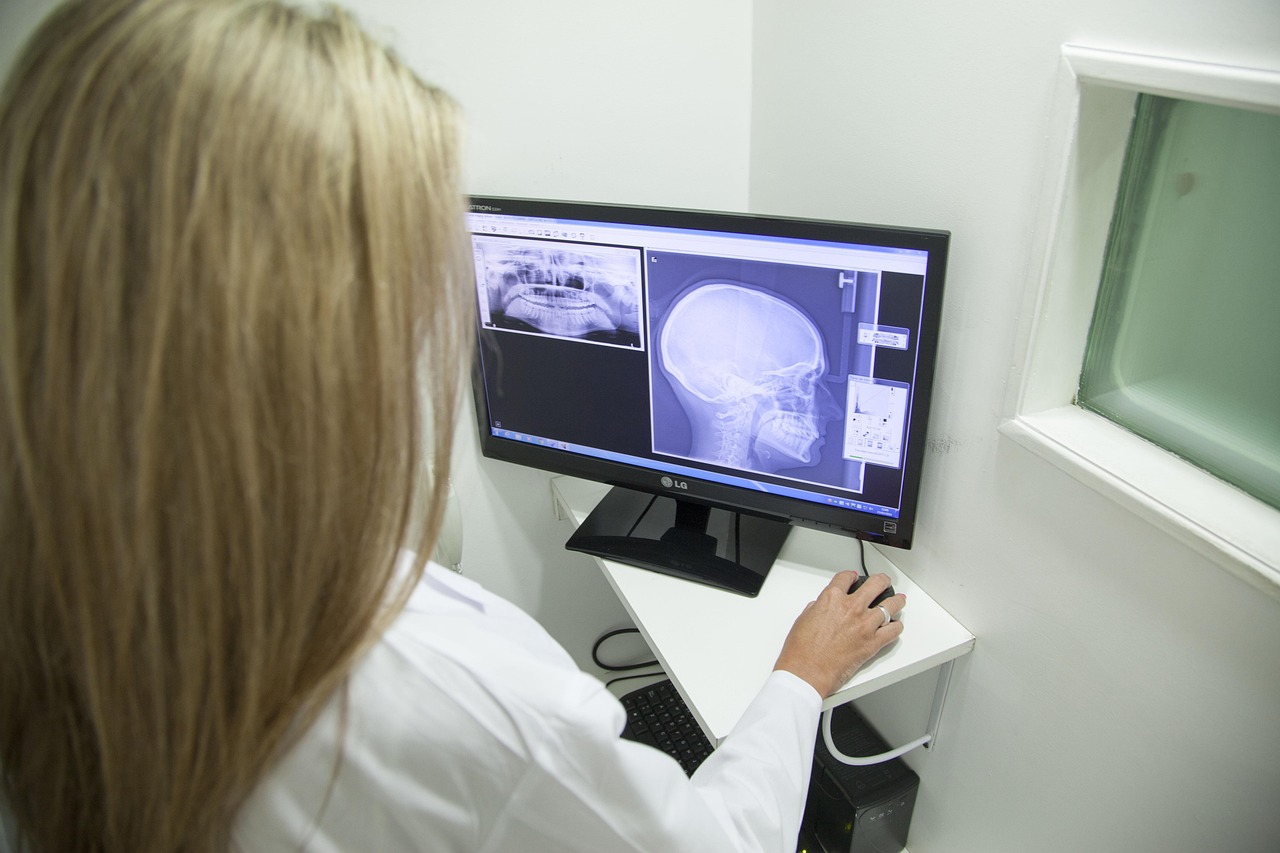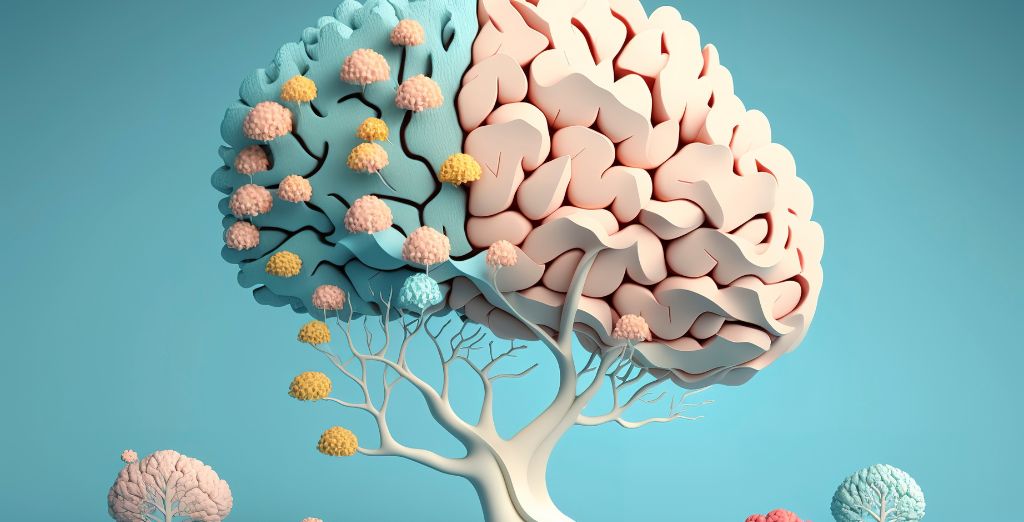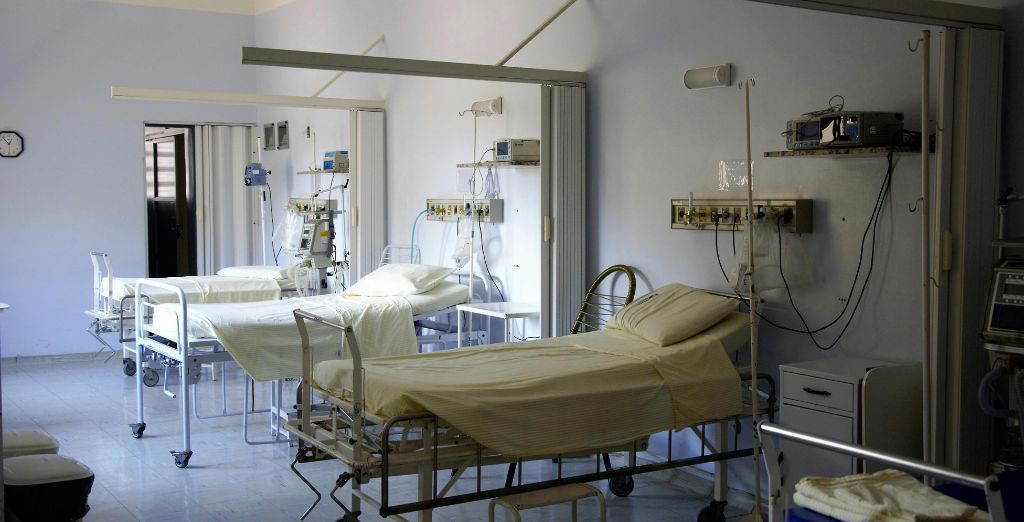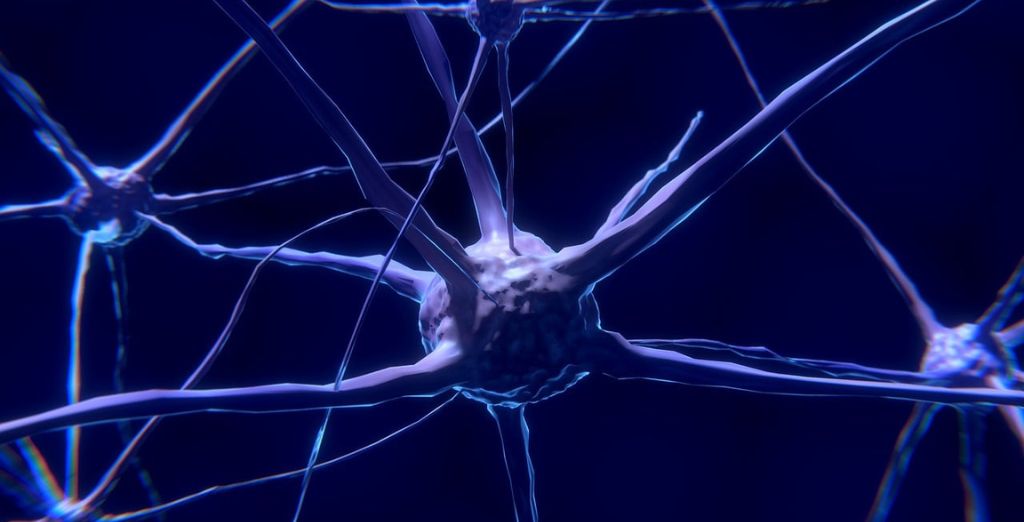A nursing diagnosis for MI myocardial infarction is a critical component of patient care following a heart attack. Myocardial infarction, commonly known as a heart attack, occurs when the blood flow to a part of the heart muscle is blocked, causing tissue damage. Nurses play an essential role in the care and recovery of patients with MI by using nursing diagnoses to guide their interventions.
Nursing diagnoses help identify the patient’s physical, emotional, and psychological needs after a myocardial infarction. By recognizing these needs early, nurses can implement effective treatment plans and help prevent complications. In this article, we will explore some common nursing diagnoses for MI, along with the appropriate interventions and strategies for care.
Common Nursing Diagnoses for MI
One of the most important nursing diagnoses for MI is ineffective tissue perfusion related to decreased coronary blood flow. This diagnosis focuses on the reduced oxygen supply to the heart muscle due to the blockage in the coronary arteries. Nurses often assess vital signs, monitor for signs of ischemia, and assist with medication management to restore adequate perfusion.
Another common diagnosis is acute pain related to myocardial injury. Pain is often one of the first symptoms of MI, and managing it effectively is crucial for patient comfort and recovery. Nurses will assess the intensity, location, and type of pain to ensure that appropriate pain relief measures are administered. Medications such as morphine may be used, along with non-pharmacological interventions like positioning and relaxation techniques.
Anxiety is another significant nursing diagnosis for patients experiencing MI. The emotional response to the trauma of a heart attack can be overwhelming, and patients may fear the unknown regarding their health. Nurses play a vital role in providing emotional support and education, helping patients understand their condition and the treatment plan. This can significantly reduce anxiety and improve the overall recovery process.
Nursing Interventions for MI
Once the nursing diagnosis for MI is established, nurses use interventions to address the patient’s needs. For ineffective tissue perfusion, nurses will closely monitor vital signs, including blood pressure, heart rate, and oxygen saturation. They will also assess the patient for signs of worsening ischemia, such as chest pain or shortness of breath. Administering medications like aspirin or nitroglycerin can help reduce the clot and improve blood flow.
For acute pain, nurses should continuously assess the patient’s comfort level. They may provide prescribed pain medications and monitor the effectiveness of these treatments. Non-pharmacological interventions, such as applying heat or cold compresses or guiding the patient through relaxation exercises, can also offer relief.
In managing anxiety, nurses should engage with the patient and their family to provide reassurance and reduce feelings of panic. Educating the patient about their condition, explaining the treatment plan, and offering emotional support can help alleviate fear and promote a sense of control over the situation.
Monitoring and Assessment in MI Care
Nurses are responsible for constant monitoring of the patient’s condition after MI. This involves closely observing for any changes in symptoms, such as pain, difficulty breathing, or arrhythmias. Routine assessments of cardiac function, such as monitoring electrocardiograms (ECGs), help detect any signs of further complications.
Patients recovering from MI may also experience risk for infection, especially if surgery or invasive procedures like angioplasty are involved. Nurses will assess the site of any incisions, monitor for signs of infection, and ensure proper wound care and hygiene.
Additionally, knowledge deficit is another diagnosis that may arise during MI recovery. Patients may have limited knowledge about the importance of lifestyle changes, medications, and heart-healthy habits. Nurses can educate patients and their families on proper nutrition, exercise, and medication adherence to promote long-term health.
Long-Term Care and Rehabilitation after MI
After the acute phase of a myocardial infarction, the patient enters the recovery phase. During this time, nurses continue to monitor progress and help the patient adjust to lifestyle changes. Risk for decreased cardiac output is a concern in the recovery phase, and nurses will monitor the patient’s heart function to ensure that it is pumping efficiently.
Ineffective coping is another diagnosis that can arise as patients adjust to their new health status. Nurses can provide resources, such as counseling or support groups, to help patients navigate emotional challenges and avoid feelings of isolation.
In the long-term recovery phase, nurses also focus on preventing further heart attacks. This involves helping patients adhere to prescribed medications, maintain a healthy diet, and engage in regular physical activity. Nurses educate patients about the importance of monitoring cholesterol levels, managing blood pressure, and avoiding smoking to prevent future cardiovascular events.

Nursing Care Plan for MI Patients
A well-developed nursing care plan is essential for managing patients who have experienced a myocardial infarction. The care plan is tailored to the patient’s specific condition, symptoms, and risk factors. It helps the nursing team to ensure that interventions are appropriate and effective, leading to better patient outcomes.
The care plan typically includes short- and long-term goals. Short-term goals may focus on pain management, monitoring vital signs, and preventing complications such as arrhythmias or infection. Long-term goals aim to support recovery, help prevent a second heart attack, and promote the patient’s overall cardiovascular health.
The nursing interventions also emphasize education and lifestyle modifications. Nurses play a vital role in encouraging patients to adopt heart-healthy habits, such as eating a balanced diet, quitting smoking, and engaging in regular physical activity. Nurses must also monitor the patient’s adherence to prescribed medications, especially those related to blood pressure and cholesterol control.
Importance of Family Involvement in MI Care
Family involvement in the care of a patient after a myocardial infarction can greatly enhance recovery. Having loved ones around provides emotional support, helps the patient adhere to lifestyle changes, and offers comfort during a stressful time. Nurses should encourage family members to participate in the recovery process by educating them about the patient’s condition and providing them with information on how to support their loved one.
Family members can also help in monitoring the patient’s progress, particularly if the patient faces mobility issues or requires assistance with daily activities. Furthermore, they can be a source of encouragement and motivation, especially when it comes to helping the patient make necessary lifestyle changes to prevent future heart problems.
Nurses should ensure that family members understand the importance of encouraging the patient to follow the treatment plan and lifestyle modifications. Family support can improve the patient’s emotional well-being and increase the likelihood of positive long-term outcomes.
Post-Discharge Considerations for MI Patients
After discharge from the hospital, MI patients must continue their care under close supervision to reduce the risk of a repeat event. Discharge planning is an important part of the nursing role, where nurses must ensure that patients and their families understand how to manage their condition at home. This includes the proper use of medications, follow-up appointments, and self-monitoring.
Nurses should also educate the patient on recognizing warning signs of a potential heart attack, such as chest pain, shortness of breath, or dizziness, and instruct them on when to seek immediate medical help. Additionally, nurses can guide patients through the rehabilitation process, encouraging them to participate in cardiac rehab programs if available. These programs focus on physical exercise, nutritional guidance, and stress management, all of which are crucial for long-term recovery.
Post-discharge follow-up care is key. Nurses may assist in scheduling follow-up visits with the healthcare team and ensuring that patients stay engaged in their recovery plan. It’s essential to monitor for any complications, such as depression or physical inactivity, that may arise in the post-discharge period.
Role of Diet and Exercise in MI Recovery
After a myocardial infarction, a proper diet and exercise regimen are essential for recovery and to minimize the risk of another heart attack. Nurses can play an important role in educating the patient about heart-healthy diets, which include foods that are low in saturated fats, cholesterol, and sodium, while emphasizing the intake of fruits, vegetables, whole grains, and lean proteins.
Nurses should provide resources on meal planning, portion control, and the importance of reducing processed foods that contribute to heart disease. A healthy diet, combined with regular exercise, can significantly reduce the risk of complications after an MI.
Physical activity should be introduced gradually. Nurses can help by encouraging the patient to start with light exercises, such as walking, and slowly increase the intensity based on the patient’s recovery progress. Nurses should also advise patients on how to monitor their heart rate during exercise and discuss any discomfort or unusual symptoms that may require medical attention.

Challenges in Nursing Diagnosis for MI Patients
Although nursing diagnosis plays a critical role in managing myocardial infarction, there are several challenges that nurses face in providing optimal care. One of the major challenges is accurately identifying the patient’s condition early, especially if the symptoms of a heart attack are not typical or are masked by other conditions. Myocardial infarctions may present differently depending on the patient’s age, gender, or underlying health conditions. For instance, women may experience less obvious symptoms like nausea or fatigue, which can delay the diagnosis.
Moreover, multimorbidity and the presence of multiple health conditions can complicate the diagnosis and treatment of MI. Nurses must be vigilant in assessing the patient’s entire health profile, including conditions such as diabetes, hypertension, and obesity, which can affect both the progression of MI and the success of treatment interventions.
Additionally, patient non-compliance is a significant barrier in nursing diagnosis and intervention. Patients who are resistant to following medical advice or lifestyle recommendations (such as quitting smoking, taking prescribed medications, or engaging in physical activity) may experience setbacks in recovery. Nurses play an essential role in addressing these challenges by providing education, offering emotional support, and encouraging the patient to adhere to the recommended treatment plan.
Importance of Collaborative Care in MI Management
Managing myocardial infarction effectively requires collaboration between nurses, physicians, cardiologists, and other healthcare professionals. Each member of the healthcare team has a vital role in supporting the patient’s recovery, from the initial assessment to long-term rehabilitation.
For instance, cardiologists are responsible for diagnosing and providing medical treatment, such as prescribing medications, performing procedures like angioplasty, or overseeing surgical interventions. Nurses, on the other hand, are on the front lines of patient care. They monitor vital signs, provide comfort, manage pain, and ensure that the patient is informed about the next steps in their recovery process.
Collaboration also extends to pharmacists who help manage medications and ensure proper drug administration. Social workers may assist with psychosocial support, addressing issues like anxiety, depression, or financial stress. Physical therapists and dietitians work with the patient to improve physical health through exercises and nutritional counseling.
Effective communication among all team members ensures that the patient receives comprehensive care tailored to their needs, improving the chances of a positive outcome.
Advanced Care Techniques for MI Recovery
As medical research advances, so do the techniques and therapies available for managing myocardial infarction. Advanced care options may include early reperfusion therapy, such as thrombolytics or angioplasty, to restore blood flow to the heart quickly. Nurses play an integral part in monitoring the patient’s response to these interventions and helping manage potential complications like bleeding or arrhythmias.
Cardiac rehabilitation programs are another important part of post-MI care. These structured programs involve supervised physical activity, education on heart-healthy habits, and emotional support to help the patient adjust to life after a heart attack. Nurses often coordinate these programs, ensuring that the patient adheres to the recommended exercises and lifestyle changes. The goal of cardiac rehabilitation is to improve the patient’s quality of life, enhance heart function, and reduce the risk of future heart attacks.
In some cases, patients may require a left ventricular assist device (LVAD) or heart transplant if their heart has sustained severe damage. Nurses caring for these patients need to monitor for complications related to these devices and provide ongoing education on managing their new health condition.
Psychological and Emotional Support in MI Care
The psychological impact of a myocardial infarction can be just as significant as the physical effects. Patients who have experienced a heart attack may feel anxious, fearful, or depressed. These emotional responses are natural but can hinder recovery if left unaddressed. Nurses are critical in providing psychological and emotional support to MI patients.
Nurses should recognize signs of depression or anxiety, which are common among MI patients. The stress of a heart attack, combined with lifestyle changes, medications, and the uncertainty of recovery, can lead to emotional distress. Nurses can provide interventions such as counseling, relaxation techniques, or referrals to mental health professionals for more in-depth support.
In some cases, the patient’s family may also experience stress, anxiety, or fear for their loved one. Nurses can help by providing information about the patient’s condition, offering support to family members, and encouraging them to participate in the patient’s recovery process.
By addressing both the psychological and physical aspects of recovery, nurses help ensure that the patient has the emotional resilience needed to make lifestyle changes and follow the treatment plan for long-term success.
Conclusion
A nursing diagnosis for MI is a crucial part of patient care and recovery. Nurses play a vital role in assessing, diagnosing, and providing interventions that address the physical, emotional, and psychological needs of patients who have experienced a heart attack. By using nursing diagnoses such as ineffective tissue perfusion, pain, anxiety, and knowledge deficit, nurses can create personalized care plans that help improve outcomes.
Nurses provide continuous monitoring, manage pain effectively, support emotional well-being, and educate patients on lifestyle changes. Their work is essential in preventing future heart problems and promoting overall health. Collaborative care among healthcare professionals, along with advanced treatments and rehabilitation programs, further supports the patient’s recovery journey.
The care provided by nurses after a myocardial infarction goes beyond medical interventions. It includes supporting patients in adjusting to a new lifestyle, addressing emotional concerns, and ensuring that long-term health goals are met. With comprehensive care, patients can lead healthier, more fulfilling lives after experiencing an MI.
FAQs
What is the role of a nurse in managing myocardial infarction?
Nurses play a key role in assessing the patient’s condition, monitoring vital signs, administering medications, providing pain relief, and offering emotional support. They also educate patients on lifestyle changes and long-term care after MI.
What are the common nursing diagnoses for MI?
Some common nursing diagnoses for MI include ineffective tissue perfusion, acute pain, anxiety, risk for infection, and knowledge deficit. These diagnoses guide nursing interventions during both the acute and recovery phases.
How do nurses manage anxiety in MI patients?
Nurses can manage anxiety by providing emotional support, offering reassurance, educating the patient about their condition, and helping them understand the treatment plan. This reduces feelings of fear and empowers the patient to take control of their recovery.

















